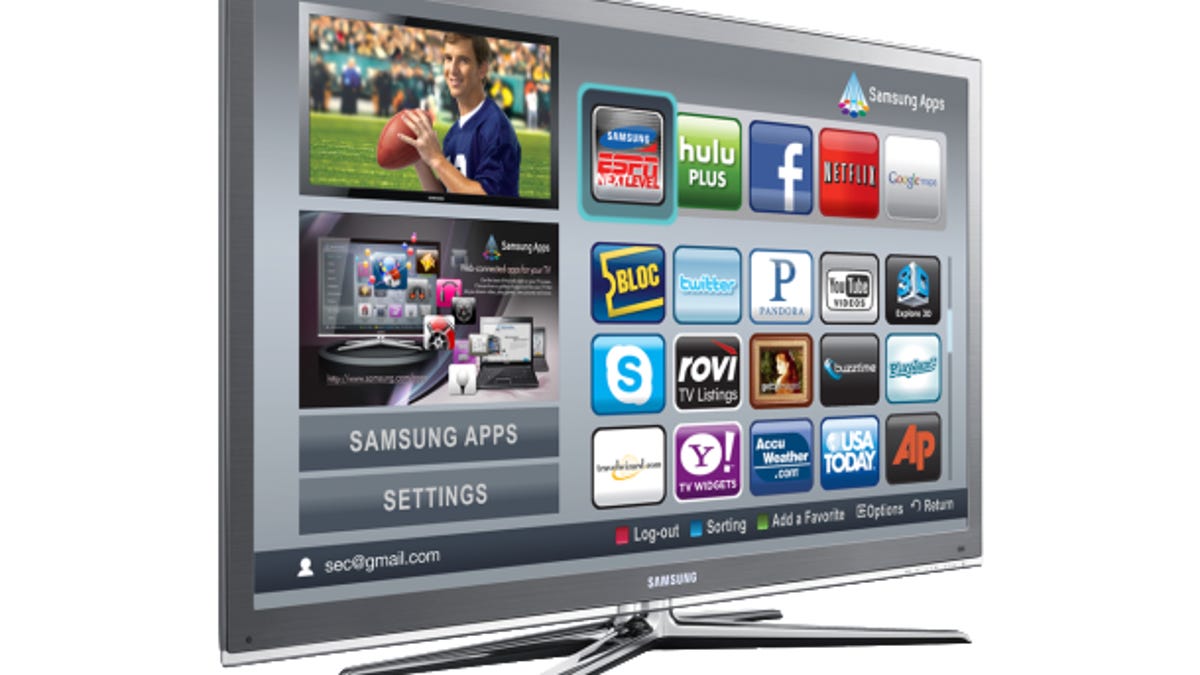Study: 123 million connected TVs to ship in 2014
The sets, which offer streaming apps and other content built in, will see an annual growth rate of 30 percent, DisplaySearch found in its latest study.

The popularity of televisions that feature built-in applications and can connect to the Internet is on the rise, a new study from DisplaySearch has found.
According to the research firm, shipments of the more capable sets, better known as connected TVs, are expected to rise at a compound annual growth rate of 30 percent in coming years, with total shipments of the sets expected to reach 123 million in 2014. In 2010, connected TVs accounted for 20 percent of all television shipments, the research firm found.
Built-in applications such as Netflix and Twitter are available on sets from a number of vendors, including Vizio and Panasonic. Samsung announced in January that app downloads on its line of televisions hit 2 million since its marketplace launched last year. The company also estimated that television vendors shipped 6.5 million HDTVs featuring built-in applications worldwide in 2010. It believes that figure will jump to 20 million by 2012.
DisplaySearch found in its survey that emerging markets will account for a major portion of the growth of connected TVs in the coming years. For example, in 2010, just 2.5 million connected sets shipped in Eastern Europe, which DisplaySearch puts on its roster of emerging markets. By 2014, it expects that figure to grow to 10 million. Moreover, 33 percent of all televisions sold in China in 2013 will have Internet connectivity.
"The connected TV market is developing beyond mature regions like Western Europe and Japan," Paul Gray, director of TV electronics at DisplaySearch, said in a statement accompanying the market figures. "With some emerging countries having excellent broadband infrastructure, the adoption of connected TV capabilities is a natural next step in TV feature innovation."
Looking ahead, DisplaySearch sees the connected TV market splitting apart. One group of televisions will feature "basic video on demand [and] appeal to consumers who expect TV to remain a passive experience," the research firm projects. Those who are looking for something more substantial will find other sets offering "configurable apps, sophisticated search and navigation engines, and advanced user interfaces."

